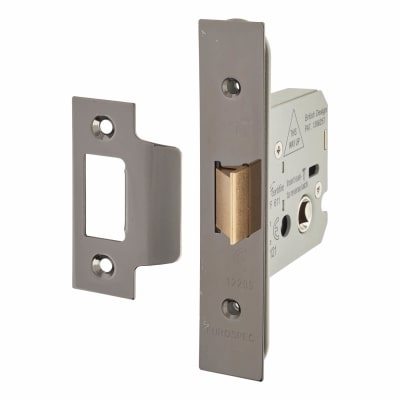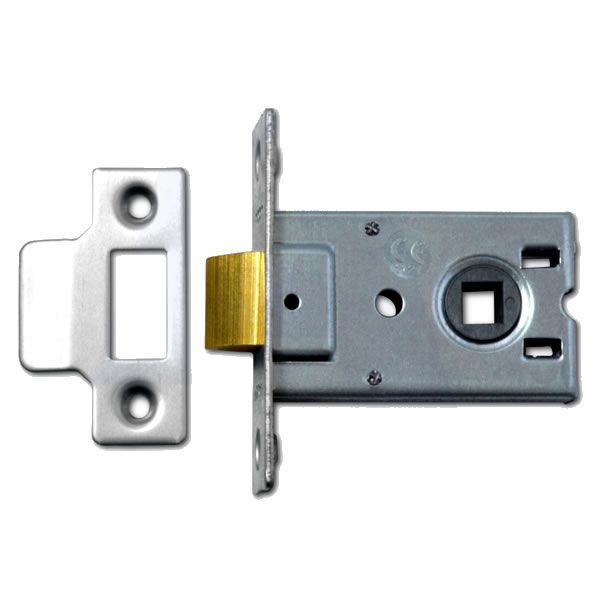- Joined
- 20 Oct 2020
- Messages
- 142
- Reaction score
- 4
- Country

Hi, would like some help to understand the best course of action for updating my internal doors.
We currently have probably original "DX30" style internal doors.
Dimensions: 78x30"
Latch height from floor: 127cm / 50"
Latch backset: 76mm / 3"
My questions are as follows:
1. As I understand it these doors don't have tubular latches and have "flat pattern latches". Does this mean I cannot easily fit a rose type door handle as the screws will hit the metal of the latch before going far enough into the door?
2. If I replace the door (see link below), am I able to put the rose door handle at the same height?
The replacement door construction is "Solid Core". I had a carpenter call in today to quote for hanging the doors and he seemed to think that with this type of door they only provide "solid" material at certain points to allow mounting of the handles. Does this sound correct?
3. How many hinges do I need? Tradesperson seemed to think two would be ok, but the door manufacturer specifies three. Guess that answers the question!
Replacement door: https://www.expressdoorsdirect.co.u...internal-doors/dx30s-style-solid-white-primed
Would be grateful for some advice on the best course of action.
Thanks.
We currently have probably original "DX30" style internal doors.
Dimensions: 78x30"
Latch height from floor: 127cm / 50"
Latch backset: 76mm / 3"
My questions are as follows:
1. As I understand it these doors don't have tubular latches and have "flat pattern latches". Does this mean I cannot easily fit a rose type door handle as the screws will hit the metal of the latch before going far enough into the door?
2. If I replace the door (see link below), am I able to put the rose door handle at the same height?
The replacement door construction is "Solid Core". I had a carpenter call in today to quote for hanging the doors and he seemed to think that with this type of door they only provide "solid" material at certain points to allow mounting of the handles. Does this sound correct?
3. How many hinges do I need? Tradesperson seemed to think two would be ok, but the door manufacturer specifies three. Guess that answers the question!
Replacement door: https://www.expressdoorsdirect.co.u...internal-doors/dx30s-style-solid-white-primed
Would be grateful for some advice on the best course of action.
Thanks.

%20v1_01.png)



